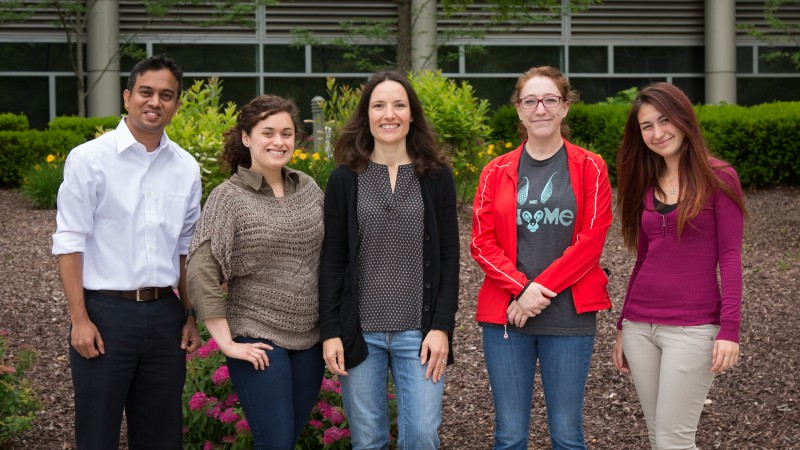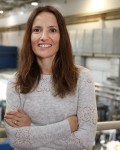Becoming an experimental scientist requires doing research and using advanced equipment—but it’s not always easy for burgeoning scientists to get such experience while in school. Structural biologists, in particular, may face even more difficult challenges gaining access to advanced equipment.
The shortage of opportunities and access to equipment is what precipitated development of the Neutron Scattering Applications in Structural Biology workshop. The seventh annual workshop took place this summer at the Department of Energy’s Oak Ridge National Laboratory in conjunction with North Carolina State University.
“Seven years ago, there was not a single neutron workshop held on an annual basis in the U.S. that targeted structural biology students,” said event coordinator Flora Meilleur, lead instrument scientist for the IMAGINE instrument, beam line CG-4D, at ORNL’s High Flux Isotope Reactor. “Neutron workshops often target materials scientists, who are part of a much different community than structural biologists. The goal was to change this when we started the workshop all those years ago, and to build a strong user base in structural biology for HFIR and SNS.”
The week-long workshop, designed for graduate students and postdoctoral researchers, included a symposium, lectures, tutorials, and tours of HFIR and the Spallation Neutron Source—both DOE Office of Science User Facilities located at ORNL.
Targeting participants with knowledge of protein function and structure but little to no experience with neutron sciences, the workshop offers many subjects in the broader structural biology field, including crystallography, small angle scattering, reflectometry, spectroscopy, imaging, and labeling techniques.
“We’ve got new instruments here at ORNL designed to do exciting experiments in structural biology,” Meilleur said. “During the workshop, we highlight these instruments and focus on how to prepare samples, measure data and interpret the information collected. We strive to do that without swamping the students with the theory of neutron scattering.”
Leiah Carey, Nayomi Plaza, Suchi Perera and Zumra Peksaglam were four of the 18 graduate students selected to participate in the workshop this year. Carey and Plaza had both attended the workshop previously. They participated this year again as they were in-residence at SNS after receiving a prestigious fellowship called the DOE Office of Science Graduate Student Research program. Both SCGSR awardees look forward to a promising career in structural biology research.
“When I came here, I was personally only trained in crystallography,” said Carey, a North Carolina State University Ph.D. student. “I knew of scattering techniques, but I had no idea about reflectometry or that you could use neutrons for spectroscopy. I’ve learned a lot more of the aspects and of the applications of neutron scattering now. And actually seeing the instruments and how immense and sophisticated they are—you want to play with them.”
The workshop was useful for networking, too, said Plaza, a University of Wisconsin graduate student. “You get to talk with more experienced people about how you can use neutrons and how they can be beneficial for your research, specifically. When you have a really big workshop that’s catering to 200 or so students, it’s tough to still have a tailored experience. Because this workshop is not more than 20 people, though, you get a very cohesive group and one-on-one time with researchers.”
Perera, a graduate student studying chemistry and biochemistry at the University of Arizona, was another workshop participant grateful for the experience. “On top of learning the basic theory behind neutron scattering, we also did tutorials where we got hands-on training analyzing actual data,” Perera said.
He emphasized how learning about neutron scattering and various scattering techniques could benefit his research: “I learned a lot about neutron crystallography as well as reflectometry. I think for my future studies, this will be very useful. Now I’m going to think in those terms as well.”
Peksaglam, a graduate student studying chemical engineering at the University of Southern California, said she was surprised by how much she was able to understand about neutron scattering techniques. “I didn’t really know anything about neutron scattering before I came here,” she said. “I thought it would be really theoretical and difficult to understand.” But thanks to the individual time with experienced researchers, she was able to understand the concepts and hopes to use what she learned for her dissertation.
“In a way, you’re just hanging out with scientists. And this is a perfect aspect of the workshop,” Peksaglam said.







